In America, there is a country that is one of the ancient Indian Mayan cultural centers, and this country is the Republic of Guatemala (La República de Guatemala). The total area of the country is 108,900 square kilometers, and it is divided into 22 provinces throughout the country.
Guatemala is located in the southern part of the North American continent and is a country with both land and sea. It has borders with Mexico in the west and north, Belize in the northeast, Honduras in the southeast, and El Salvador in the south, and faces the Honduras Bay of the Caribbean Sea to the east and the Pacific Ocean to the south, with a coastline about 500 kilometers long and the forest area accounts for 38% of the country’s total area.
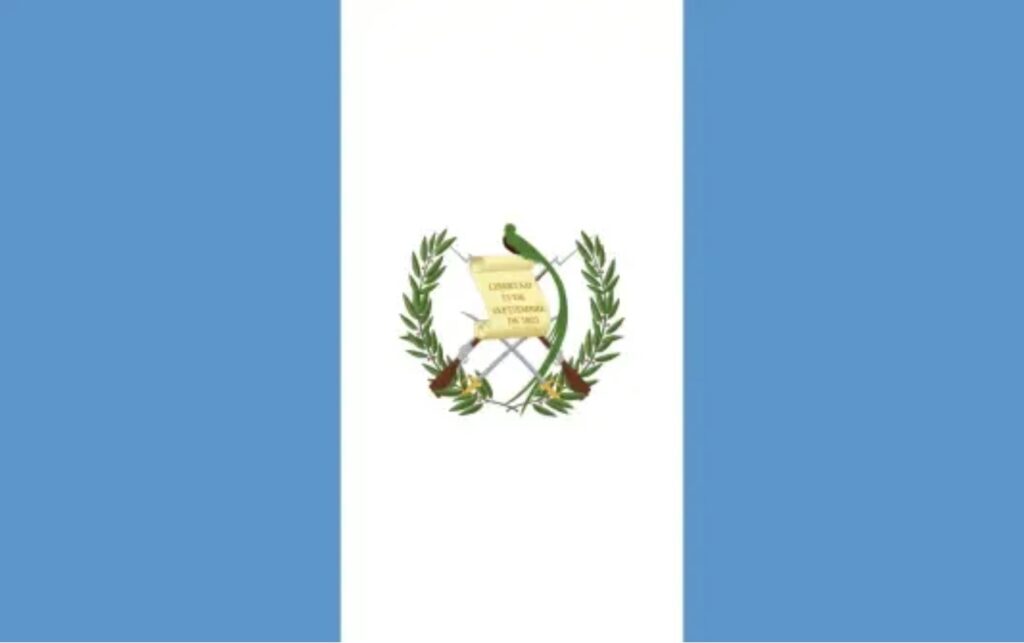
Two-thirds of the country is mountainous and plateau, with the western part having the Cuchumatanes Mountains and the southern part having the Sierra Madre Mountains, both of which belong to the volcanic zone. The country has 37 volcanoes, among which the Tajumulco Volcano is 4,211 meters above sea level, which is the highest peak in Central America. The northern part is mainly the Petén Lowlands, which is a tropical rainforest, and the main cities are distributed in the mountain basins in the south.
Guatemala is located in the tropics, and two-thirds of the entire territory are mountains and plateaus. The western part has the Cuchumatanes Mountains, and the southern part has the Sierra Madre Mountains, both of which belong to the volcanic zone. The country has 37 volcanoes. Among them, the Tajumulco Volcano is 4,211 meters above sea level, which is the highest peak in Central America. The northern part is mainly the Petén Lowlands, which is a tropical rainforest. The main cities are distributed in the mountain basins in the south.
The country is located in the tropical zone, and the northern and eastern coastal areas belong to the tropical rainforest climate, and the southern mountainous area belongs to the subtropical climate. From May to October is the wet season, and from November to the following April is the dry season. Coffee beans are generally grown in high-altitude areas, with an altitude of 1,300-1,800 meters, where the annual temperature is moderate, the temperature is between 18 ℃ -28 ℃, usually it will be relatively cold in January-February, and the annual rainfall in the northeast is 2,000-3,000 millimeters. High altitude, volcanic soil, large temperature difference between day and night, sufficient rain and changing microclimates bring an elegant and lively acidity to the coffee beans in Guatemala, with a clean taste and distinct layers of coffee flavor.
Coffee Producing Areas
Among the 22 provinces in Guatemala, 20 provinces grow coffee. Among them, eight producing areas are more famous, divided into five volcanic producing areas and three non-volcanic producing areas, and the average coffee planting altitude is above 1,500 meters. The non-volcanic producing areas include Huehuetenango, Coban, and Nuevo Oriente. The volcanic producing areas include Atitlan, Antigua, Acatenango, Fraijanes, and San Marcos.
Huehuetenango: Huehuetenango is a non-volcanic producing area in Guatemala and also one of the highest-altitude producing areas, with a planting altitude of 1,800-2,100 meters. The name comes from the Nahuatl language, meaning the land of the ancients (or ancestors). Huehuetenango is located in the west of the country, at the foot of the Cuchumatanes Mountains, which is the highest non-volcanic mountain range in Central America. Because a large amount of hot air from the Tehuantepec tropical plain in the Mexican Tahuantepéc blows towards this mountain range, the coffee in this producing area is free from frost damage and can also be grown at a higher position. And the region has many river water bodies, which can be said to be an ideal planting area to cultivate high-quality coffee.
Coban: Coban is located in the center of the country and is an important coffee growing center in Guatemala. The producing area belongs to the rainforest area, and the climate is also a tropical rainforest climate, with abundant clouds and fog and abundant rainfall all year round. The local soil composition is rich in lime and clay, and most of the coffee is grown on hilly lands at an altitude of 1,300-1,500 meters. Due to the weather, there are relatively few sun-dried beans in this area, mainly with water-washed processing.
Nuevo Oriente: The Nuevo Oriente producing area is located in the east of Guatemala, adjacent to Honduras. It is the youngest coffee producing area and began to grow coffee here in the 1950s. The area has abundant rainfall all year round, a higher altitude of 1,500-2,050 meters, so the area is always surrounded by fine mist, and the sunshine time is relatively short, which is more humid than other producing areas. Nuevo Oriente used to be one of the poorest and most isolated areas in Guatemala in ancient times, but it also leads to the rich minerals in the soil here, coupled with abundant rainfall, high altitude, the coffee beans produced here have quite complex and changing flavors. The front street has a honey-processed Geisha coffee bean from the Nuevo Oriente producing area, which can smell white flower fragrance, and the entrance will have the flavors of sweet oranges and bergamot, the taste of toffee-like sweetness, and the taste is as soft as honey.
Atitlan: Atitlan is located in the central part of Guatemala, near the city of Guatemala. The producing area is named after the largest volcanic lake in the country, Atitlan Lake, and is surrounded by three volcanoes on the lakeside. The volcanic soil has given it rich minerals. Most of the coffee trees are planted on the volcanic slopes at an altitude of 1,500-1,700 meters.
Antigua: The Antigua producing area is surrounded by the Agua, Fuego, and Acatenango volcanoes. Most of the coffee is grown in the valley floor, where the altitude is 1,500-1,700 meters. Due to the active Fuego volcano, the humidity can be maintained at 65% throughout the year. And it mainly uses shade planting, which can protect the coffee trees from the damage of frost in cold weather. The dense shade and extremely shallow groundwater layers create a unique microclimate, coupled with fertile volcanic soil and suitable humidity, which constitute the coffee in the Antigua producing area with bright acidity and fruity flavor.

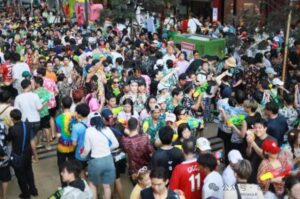
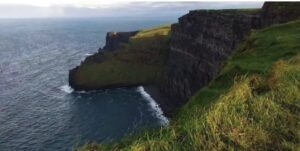
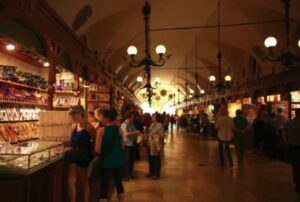
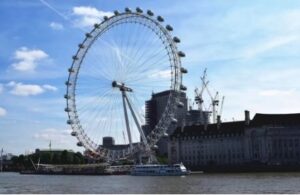

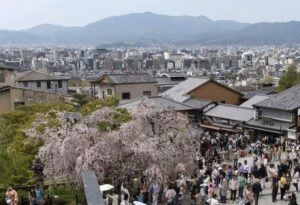
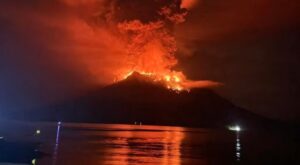
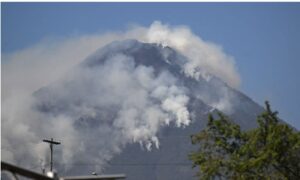
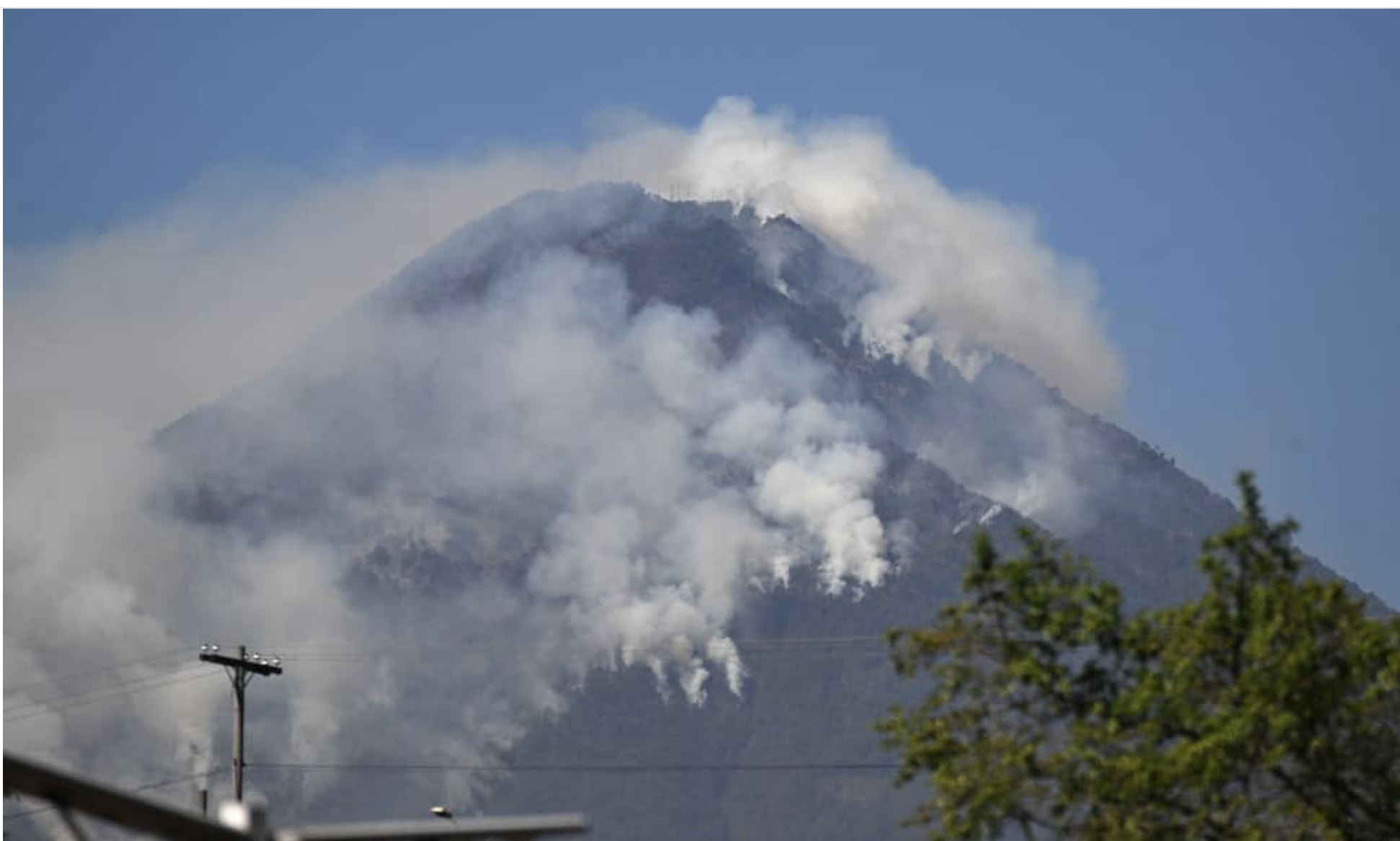
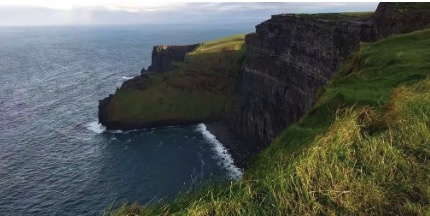
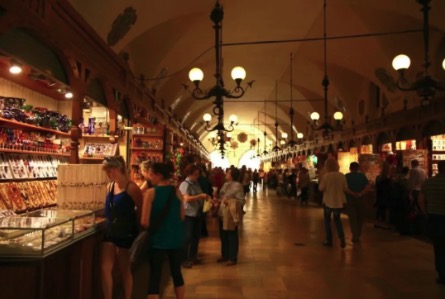



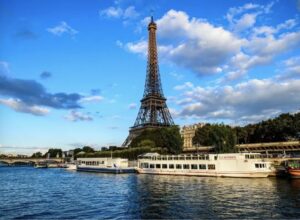

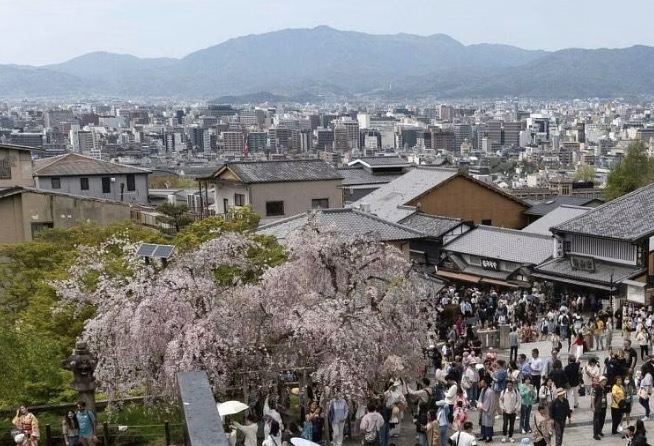
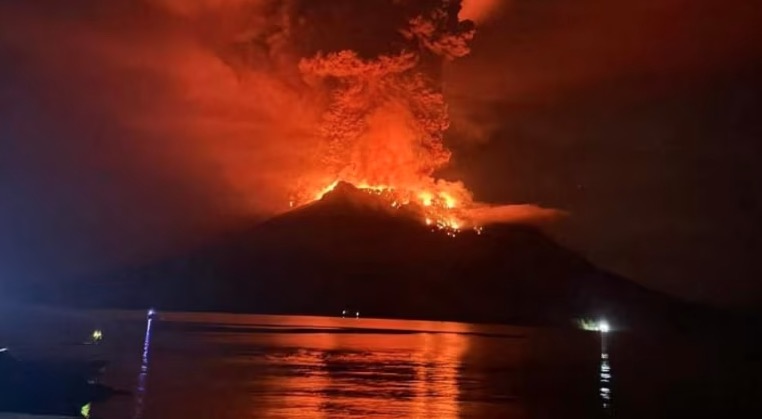
+ There are no comments
Add yours